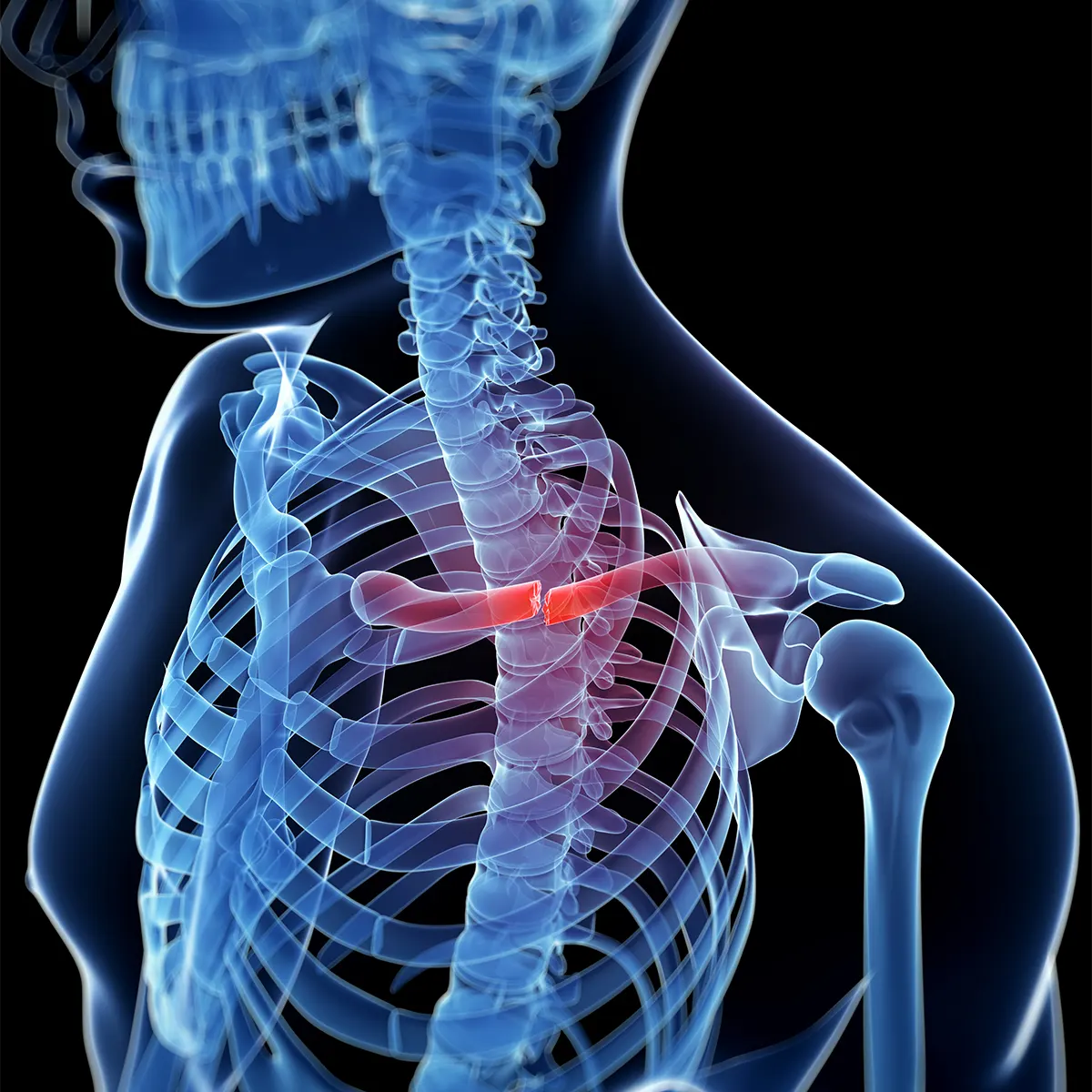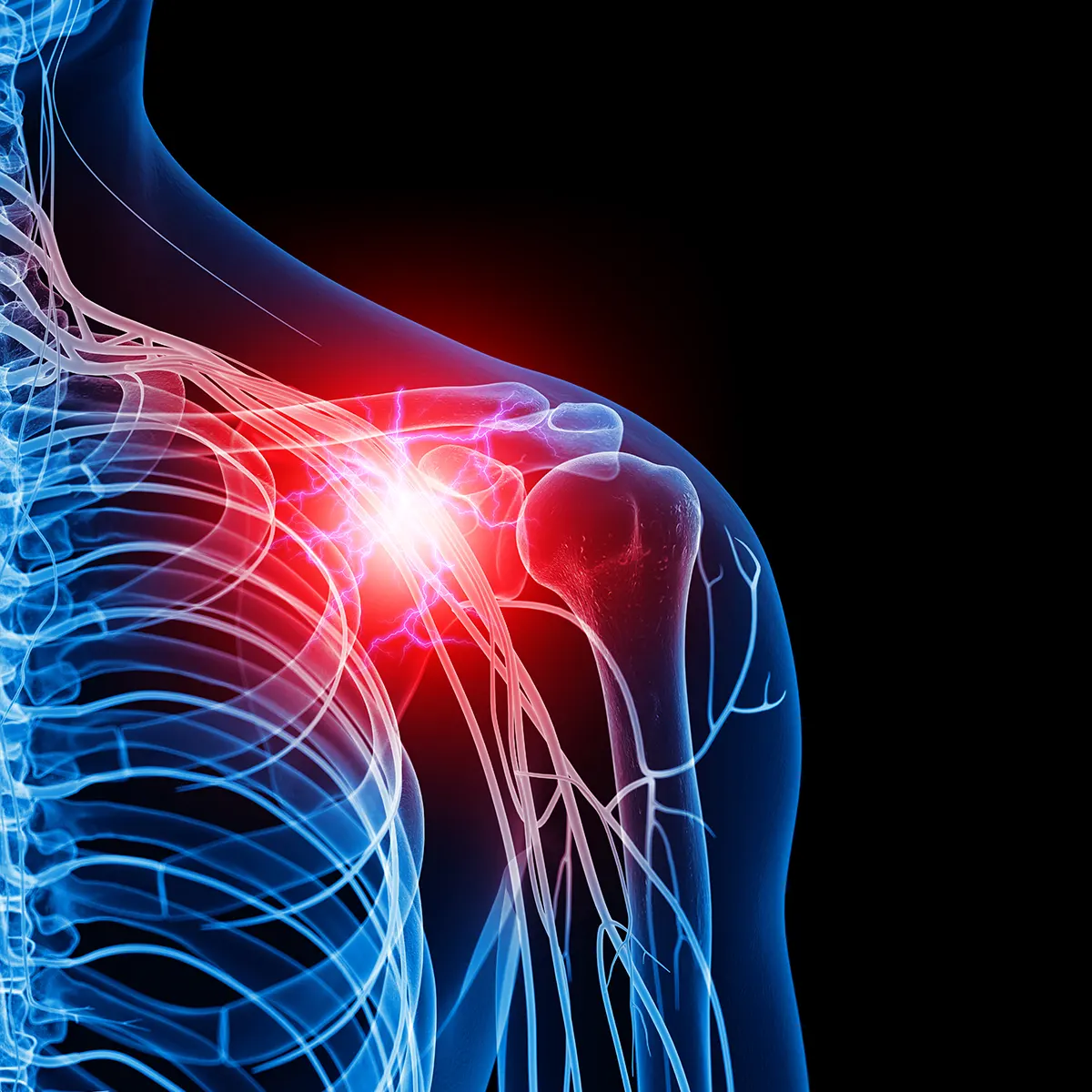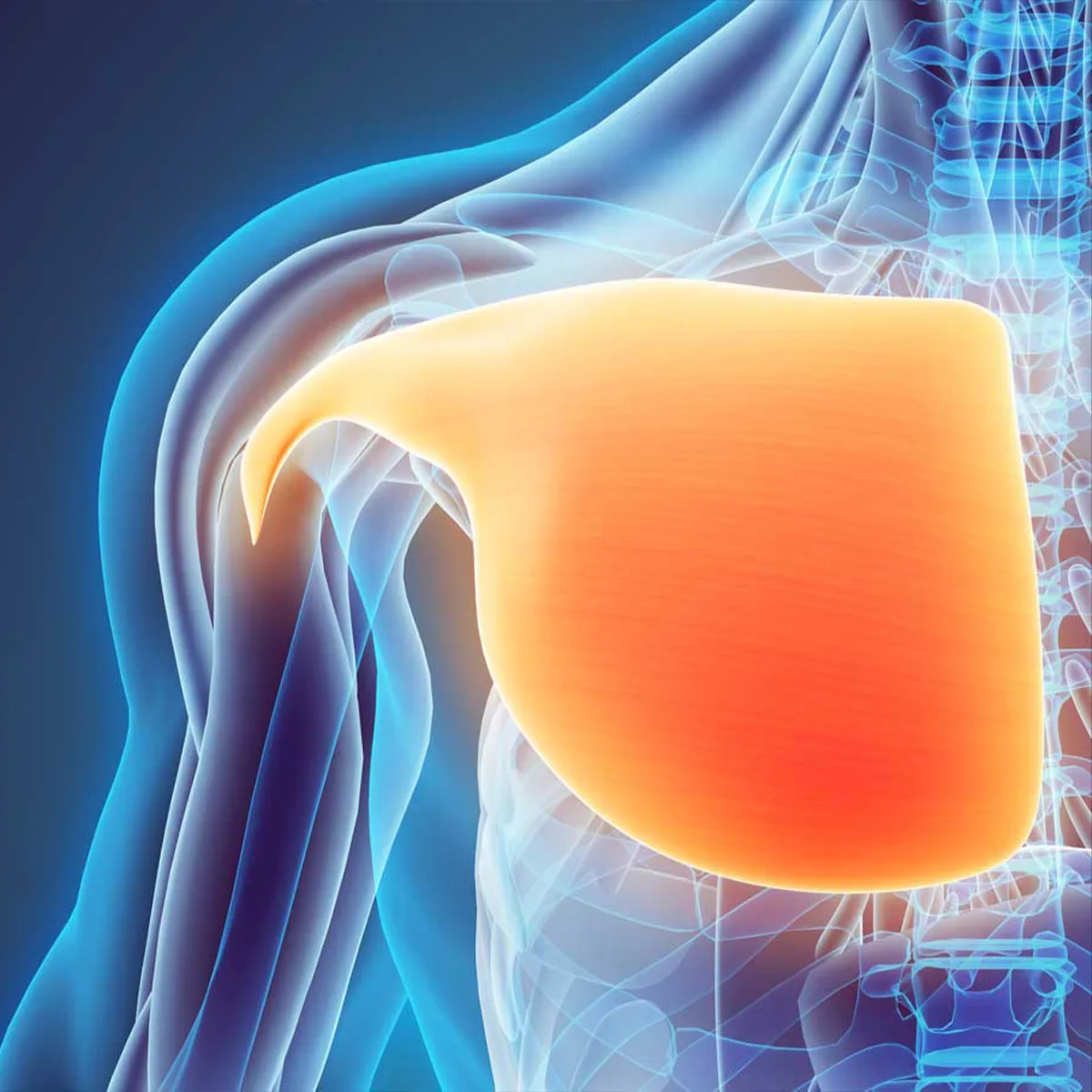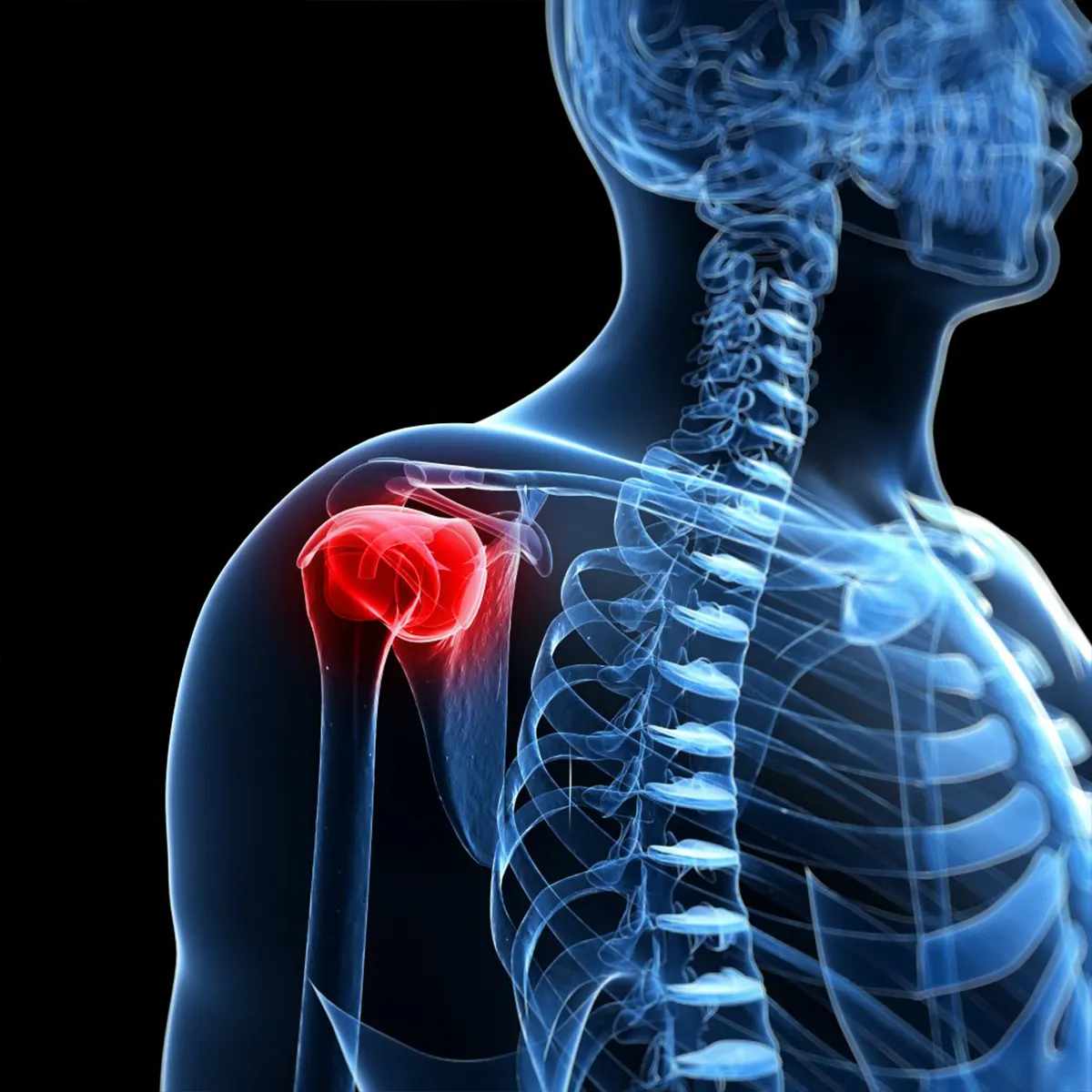The labrum is a ring of cartilage located around the outer rim of your shoulder socket. It plays a crucial role in stabilizing the shoulder joint. However, this cartilage can become torn in various areas, most commonly at the front and back where the bicep muscles attach to the tendons. This type of injury is known as a SLAP tear, which stands for Superior Labrum Anterior to Posterior tear.
SLAP tears can result from sudden shoulder injuries, repetitive strain from activities or sports, or heavy lifting. Athletes, manual workers, and individuals who frequently use their shoulders in strenuous activities are particularly at risk.
SLAP tear symptoms
If you’re experiencing persistent shoulder pain, it might be a sign of a SLAP tear, a common shoulder labrum injury. Here are some symptoms to watch for:
- Persistent Shoulder Pain: This can range from a dull ache to sharp pain deep in the shoulder joint.
- Pain with Certain Positions: You might notice discomfort when raising your arm or stretching it behind your head.
- Pain During Specific Activities: Tasks like throwing a ball or reaching overhead can exacerbate the pain.
- Popping or Grinding Sensations: A popping noise or grinding feeling when moving your shoulder can indicate a SLAP tear.
- Feeling of Instability: You might feel as if your shoulder is about to pop out of its socket.
Diagnosis and Tests
When diagnosing a SLAP tear, several methods may be used to assess the extent of your shoulder injury:
- Physical Examination: Your doctor will evaluate your arm and shoulder by checking your range of motion and strength. This helps identify any limitations or pain during movement.
- Magnetic Resonance Imaging (MRI): An MRI is a crucial diagnostic tool that provides detailed images of the shoulder’s soft tissues, including the labrum. This imaging technique helps confirm the presence of a SLAP tear and assess its severity.
types of SLAP tears
There are a number of SLAP types and sub-types. The most common SLAP Tear is the Type 2 tear. Type 2 tears have several sub-types, each describing different ways a type 2 tear might appear:
- Type 1 - your labrum shows signs of fraying or shredding but still functions. Type 1 tears are often seen in people who are middle-aged or older.
- Type 2 - the most common SLAP tear type. In this type, the labrum and bicep tendon are torn from the shoulder socket.
- Type 3 - is when torn labrum tissue is caught in the shoulder joint.
- Type 4 - the tear that started in your labrum tears your bicep tendon.
SLAP tear treatment
The treatment for a SLAP tear depends on the severity of your injury. Surgery is usually considered a last resort, and non-surgical, conservative treatments are often explored first. Here are the common treatment options:
Non-Surgical Treatments:
- Medications: Pain relievers and anti-inflammatory drugs can help manage pain and reduce inflammation.
- Physiotherapy: A physical therapist will design a rehabilitation program to strengthen the shoulder muscles, improve range of motion, and alleviate pain.
Surgical Treatment:
- Minimally Invasive Keyhole Surgery: If non-surgical treatments are not effective, minimally invasive arthroscopic surgery may be recommended. This procedure uses small incisions and specialized instruments to repair the SLAP tear with minimal disruption to surrounding tissues.
In Nairobi, our orthopedic clinic offers advanced treatment options for SLAP tears. Early consultation with a specialist can help determine the most appropriate treatment plan based on your specific condition.
Ready to book an appointment?
Other Shoulder Conditions






